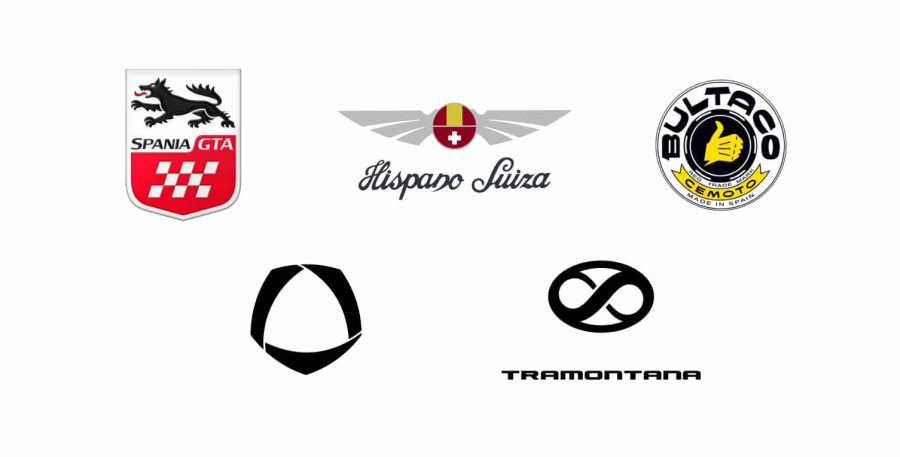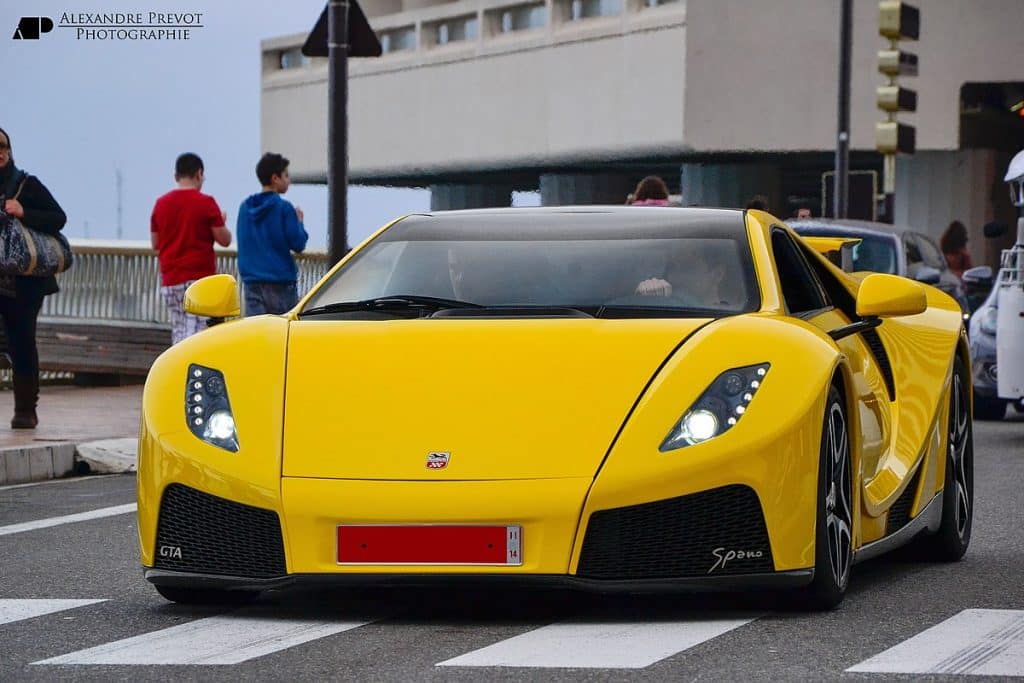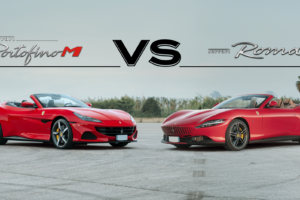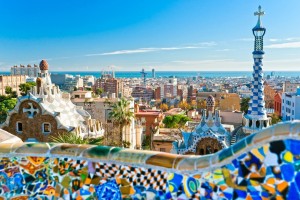It is widely acknowledged that Spain has not had a strong automotive tradition compared to other countries. While we all admire German engineering excellence, Italian natural beauty, undeniable British elegance, and the distinctive boldness of American cars, it’s undeniable that Spain has never historically stood out in the creation of cars in general and supercars in particular. Except for SEAT, which is under the Volkswagen Group umbrella, there is no ‘made in Spain’ brand that has achieved global success.
Nevertheless, in recent years, various initiatives and projects supported by both domestic and foreign capital have emerged with the firm purpose of developing authentic Spanish supercars. Although some of them may be relatively unknown, it doesn’t imply at all that they lack the necessary features to challenge the giants in the supercar industry. Mostly, they dazzle with their exclusivity, technical innovations, and sensational performance.
In this article, we will get to know some of the most spectacular supercars conceived and developed entirely in Spain, all with the clear intention of challenging the demanding supercar automotive industry.
Hispano Suiza
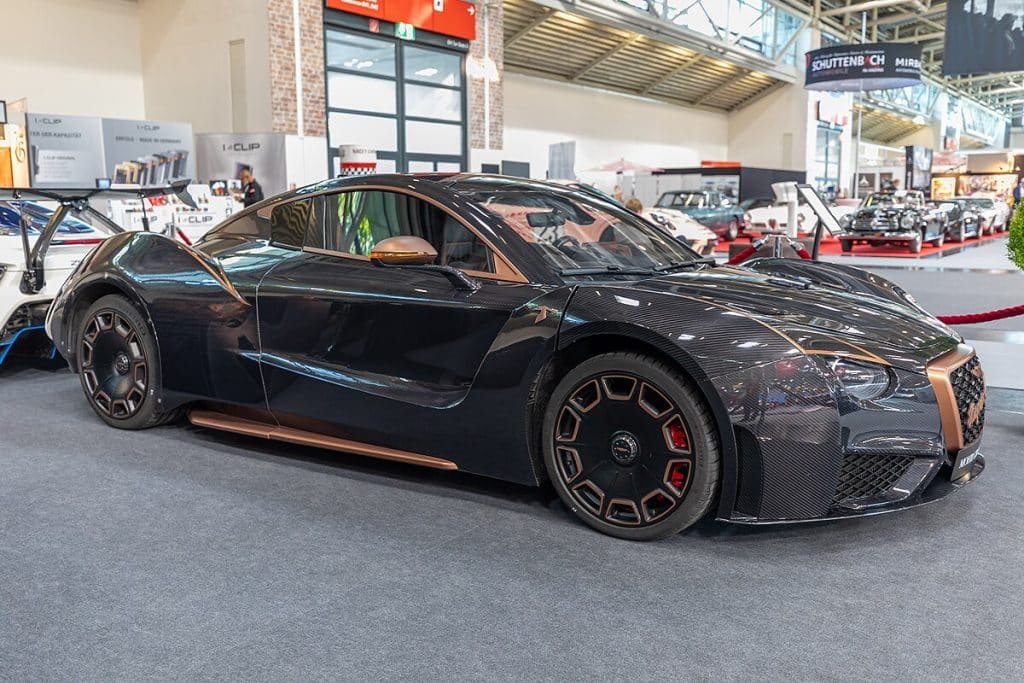
Founded in Barcelona in 1904 by a group of industrialists led by Damià Mateu and Francisco Seix, with technical direction from the prestigious Swiss engineer Marc Birkigt, has played a prominent role in the development and production of luxury cars.
In its early years, the brand gained renown thanks to the active involvement of King Alfonso XIII. In 1910, he became a shareholder, eventually owning 8% of the company and lending his name to one of the models. Excellence in performance, meticulous craftsmanship, and the quality of its finishes placed Hispano Suiza on par with other reputable brands such as Rolls-Royce, Duesenberg, or Mercedes-Benz. The brand’s clientele ranged from aristocratic figures to intellectuals and world-renowned artists, including King Gustav V of Sweden, King Carol II of Romania, Prince Louis II of Monaco, Pablo Picasso, Coco Chanel, Paul McCartney, and Albert Einstein, among others.
However, the Spanish Civil War and the rise of the Francoist government marked the decline of Hispano Suiza. In 1946, under government pressure, the owners were forced to sell the company, leading to the creation of ENASA, a nationalized company dedicated to truck manufacturing under the Pegaso brand. ENASA utilized Hispano Suiza‘s facilities and patents in this process. Thus, in 1946, the production of vehicles under the name Hispano Suiza came to an end.
In 2019, the company was reestablished with the launch of the Carmen and Carmen Boulogne models. These supercars, entirely electric and handcrafted, deliver over 1000 horsepower and come with prices hovering around one and a half million euros. With a limited production of only 19 units for the former and 5 for the latter, Hispano Suiza has revived its legacy with these exclusive supercars, blending modern technology with traditional craftsmanship.
Spania GTA Spano
Spania GTA is a Valencian company founded by Domingo Ochoa in 1994, following an extensive career in various championships such as Formula 3, Euroformula Open Championship, International GT Open, and Superleague Formula under its own structure. The GTA Hispano, a high-performance supercar, emerged as a prototype in 2010 under the name GTA Hispano. Two years later, the design was perfected, and in 2015, the latest known version was introduced, now named GTA Spano.
Featuring a rigid and lightweight monocoque structure made from carbon fiber and a Kevlar body, supported by a specific chassis also constructed from these materials, augmented with graphene, titanium, and Kevlar, the vehicle weighs a total of 1,450 kg. In its latest version, it incorporates a twin-turbocharged 8.0-liter V10 engine that produces an impressive 925 horsepower. Thanks to this power, it can accelerate from 0 to 100 km/h in just 2.9 seconds and achieve a top speed of 370 km/h.
The company’s original goal was to manufacture 99 units, although currently only twelve exist, with ten being produced in the first series and the other two belonging to the second generation. As for the price, there are no specific estimates, but some units that have already been sold were quoted around the one-million-euro mark.
Bóreas
Conceived to compete with the best hypercars in the market, it stands as a formidable contender against prestigious models such as the McLaren P1, the Porsche 918 Spyder, and the Ferrari LaFerrari. Designed and entirely manufactured in Santa Pola (Alicante) by the engineering company DSD Design and Motorsport, it features a hybrid propulsion system that combines a thermal engine with an electric one, generating a combined power close to 1,000 horsepower, along with an estimated electric range of over 100 km. It reaches a top speed of 380 km/h and achieves acceleration from 0 to 100 km/h in 2.8 seconds.
Its structure, mostly built from carbon fiber, stands out for its sleek profile. Meticulous attention to aerodynamics is evident through a body with multiple air intakes and outlets, a pointed front end, pronounced wheel arches, and a prominent retractable wing and rear diffuser.
The model’s name, Bóreas, originates from Greek mythology, specifically the God of the north wind. This being, characterized by its strength and violence, eventually took the form of a horse, begetting 12 sons and daughters endowed with the same speed as him. This mythological connection is reflected in the limited production of the Bóreas, with only 12 exclusive units planned. Although a specific selling price has not been established, considering its remarkable performance, it is expected to align with the models of Hispano Suiza and Spania GTA Spano.
Bultaco Linx
During the 1960s and 1970s, Bultaco was one of the most prominent motorcycle manufacturers nationally and internationally, excelling in all motorcycle disciplines such as motocross, enduro, trial, and road racing. Founded in Barcelona in 1958 by Paco Bultó, the brand achieved notable success in high-level competition, securing 4 world road racing championships and 5 world trial championships.
However, a decline in foreign demand due to strong competition from Japanese brands, coupled with the challenging economic and labor situation during the Spanish transition to democracy in the early years, led to the disappearance of Bultaco in 1983.
In 2014, the brand made a comeback with the launch of an electric bicycle called Bultaco Brinco. In 2016, the company ventured into four-wheel vehicles with the release of the Bultaco Linx, a two-seater roadster without a roof or windshield equipped with a turbocharged 2.0-liter four-cylinder engine delivering 400 horsepower and accelerating from 0 to 100 km/h in 3.7 seconds. Weighing just 800 kg, it achieves a sensational power-to-weight ratio of 2 kg/HP, significantly outperforming many current supercars on the market. In comparison to the previous supercars we have seen, the Bultaco Linx comes with a noticeably lower market price, with an approximate valuation of 100,000 euros.
Tramontana R
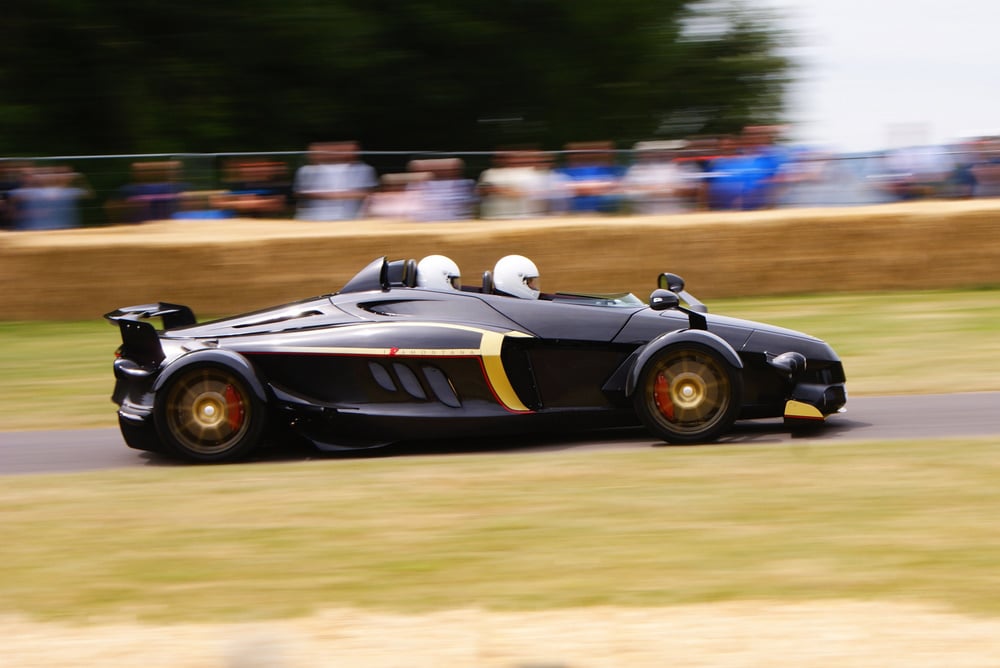
With a clear inspiration from Formula 1 single-seaters, the Tramontana R stands out with its unique appearance compared to any other supercar. Developed by a modest company based in Palau de Santa Eulalia, Girona, it features a two-seater structure with tandem seating accessed through its roof. Equipped with a 5.5-liter V12 engine sourced from Mercedes-AMG, located in the mid-rear position, it unleashes an impressive power of 720 horsepower.
Furthermore, thanks to its extreme lightness, weighing only 1,300 kilograms, and its low center of gravity, the Tramontana R achieves a sensational acceleration from 0 to 100 km/h in just 3.6 seconds and reaches a top speed of 325 km/h. The price of this exclusive supercar is around half a million euros.
Summary
In summary, these Spanish supercars exhibit impressive performance that rivals the leading supercars in the market. However, they are extremely exclusive automobiles targeted at a very specific market segment.
Nevertheless, at Drive Me Barcelona, we offer a selection of supercars that will provide you with similar sensations. If you’re seeking the distinction and exclusivity of Hispano Suiza, the McLaren 765 LT Spider is the perfect choice; if you prefer the aggressiveness and power of the Spania GTA Spano, you will love the Lamborghini Huracan Evo Spyder; to experience the hybrid technology of the Bóreas, the Ferrari 296 GTB is an excellent option; or if you want to feel the power in a convertible like the Bultaco Linx and the Tramontana R, you can enjoy the Ferrari Portofino M or the Aston Martin V8 Vantage Roadster.


